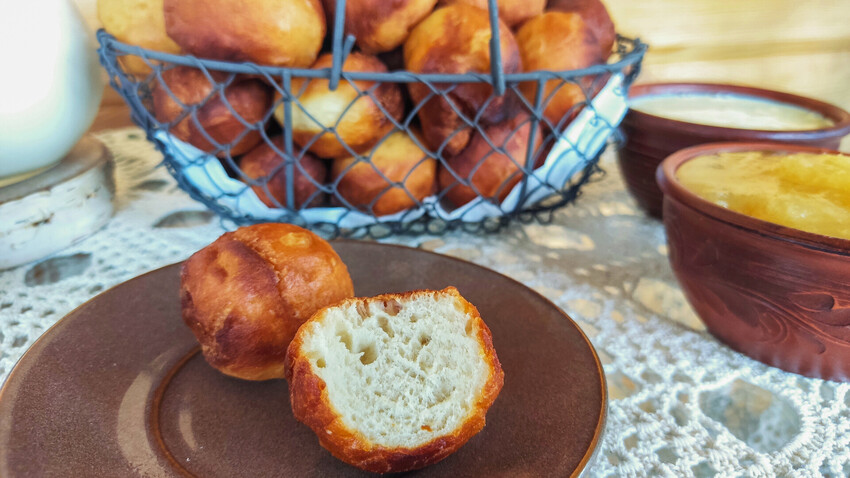
Originally from Asia, sweet ‘baursak’ donuts came to Russia and took root in daily life.
Olga BrovkinaBaursak’s method of preparation stems from the nomadic lifestyle of the Turkic peoples where simplicity, speed, and ease were essential qualities in culinary creations. The love for baursak transcends borders and unites various communities, from Turkey to Kazakhstan and Kyrgyzstan; as well as from Mongolia to Russia’s Tatars and Bashkirs.
Derived from the Kazakh words bauyrlyk and bauyrzash, which mean "blood relatives", baursak is much more than a simple baked good - rather, it’s a symbol of happiness and the sun.
Baursak is a versatile treat that’s adored in Russia by Bashkirs and Tatars. Its delightful presence can be seen alongside hearty shurpa, a flavorful soup, or paired with a local aromatic traditional tea. Baursak has seamlessly integrated itself into the fabric of daily life.
Baursak is typically crafted from either unleavened or yeast dough, lovingly shaped into small donuts that are often diamond-shaped or round. These doughy treats are then skillfully deep-fried in a cauldron, resulting in a perfect golden brown exterior and a tender, fluffy inside.
Baursak is reserved for esteemed guests, reflecting its role in showcasing hospitality and warmth. As an indispensable feature of any festive event and feast, baursak plays a significant role in wedding ceremonies.
At Tatar weddings, the groom's parents — and among Siberian Tatars, the bride's parents — present a dish with baursak or chak-chak as a cherished wedding gift. This sweet gesture symbolizes the wish for happiness, prosperity, and a life filled with love.
One of the most remarkable moments in the history of baursak was witnessed in Russia on April 20, 2014, when a gigantic baursak weighing a whopping 179 kilograms was prepared at Salavat Yulaev Square in the city of Ufa, Bashkortastan. This record-breaking delicacy required no less than 1,006 eggs, 25 kilograms of sugar, around 70 kilograms of flour, and an astonishing 50 kilograms of Bashkir honey.
So, today I suggest that you prepare and then enjoy a batch of freshly fried baursak that has adorned Bashkir celebrations for generations.
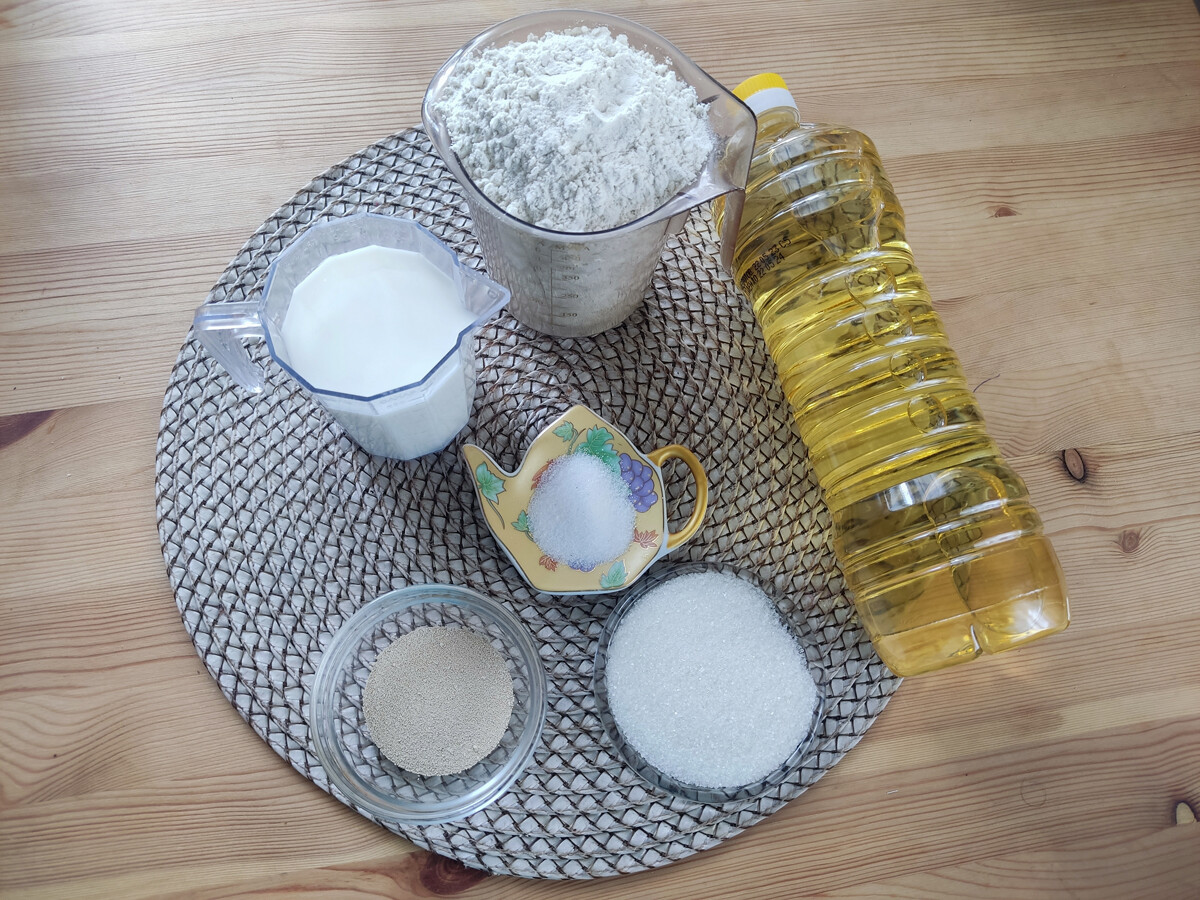
1. In a mixing bowl, combine the flour, sugar, and salt. Mix well to ensure even distribution of the dry ingredients.
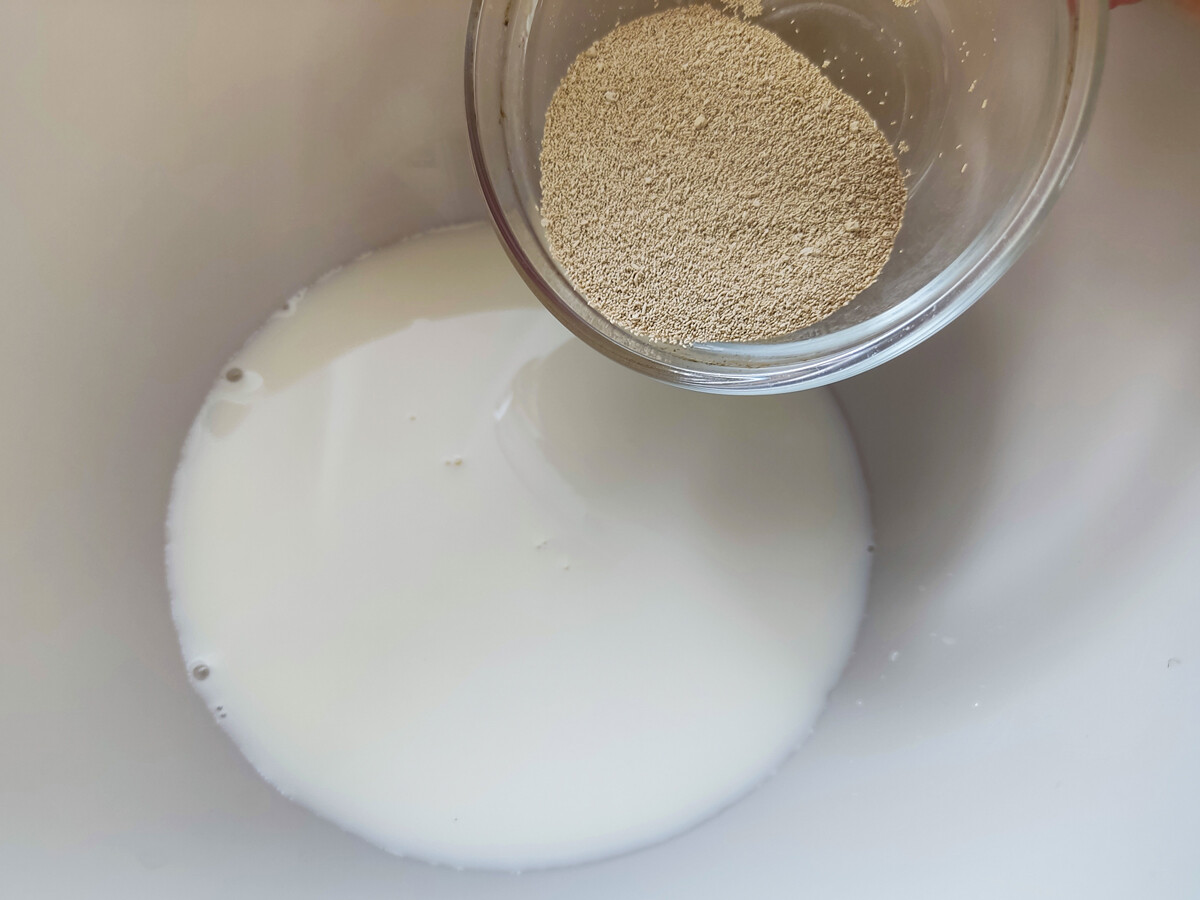
2. Warm the milk slightly, making sure it is not too hot (around 110°F/ 45°C). Add the active dry yeast to the warm milk and stir gently to dissolve it. Allow the mixture to rest for a few minutes until the yeast becomes frothy and activates.
3. Gradually pour the flour mixture into the yeast-infused milk.
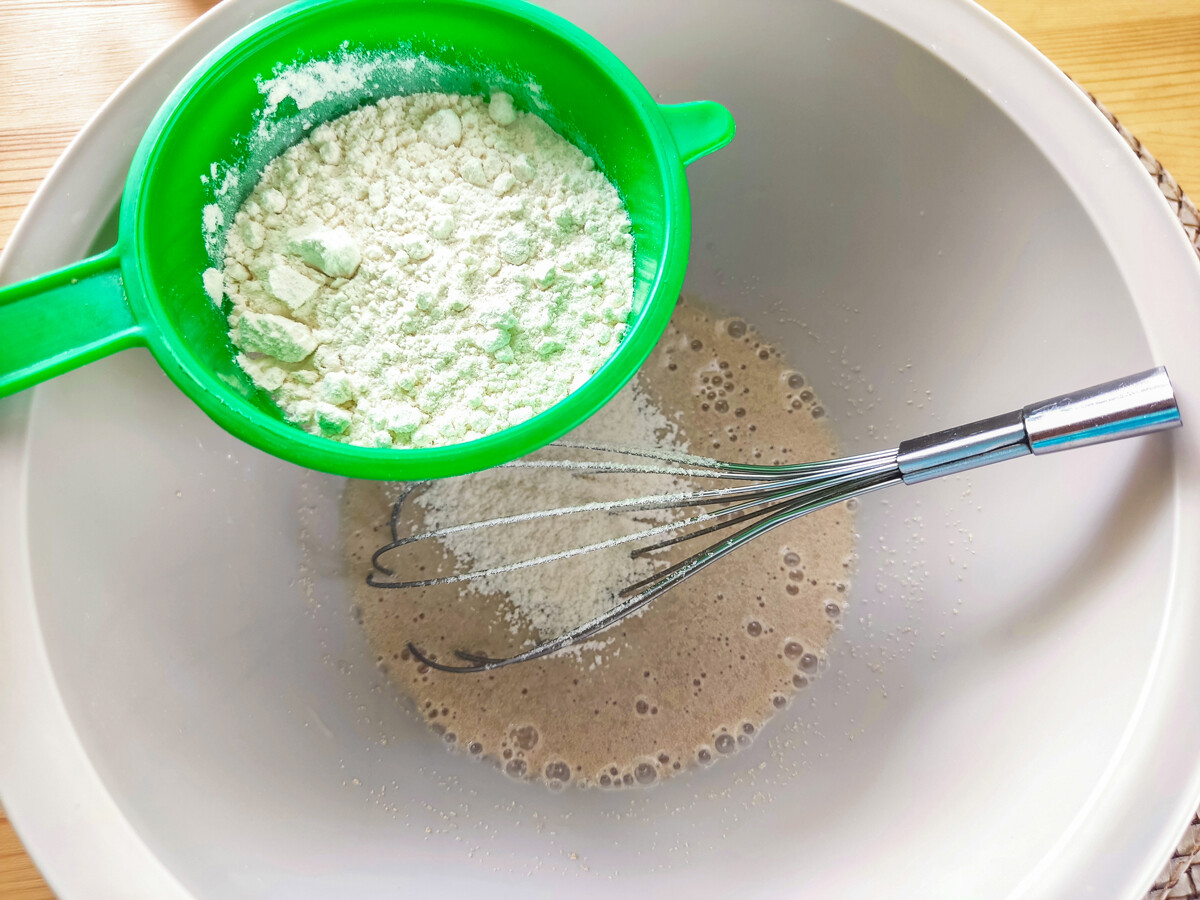
4. Mix the ingredients with a spoon or spatula until a rough dough starts to form.
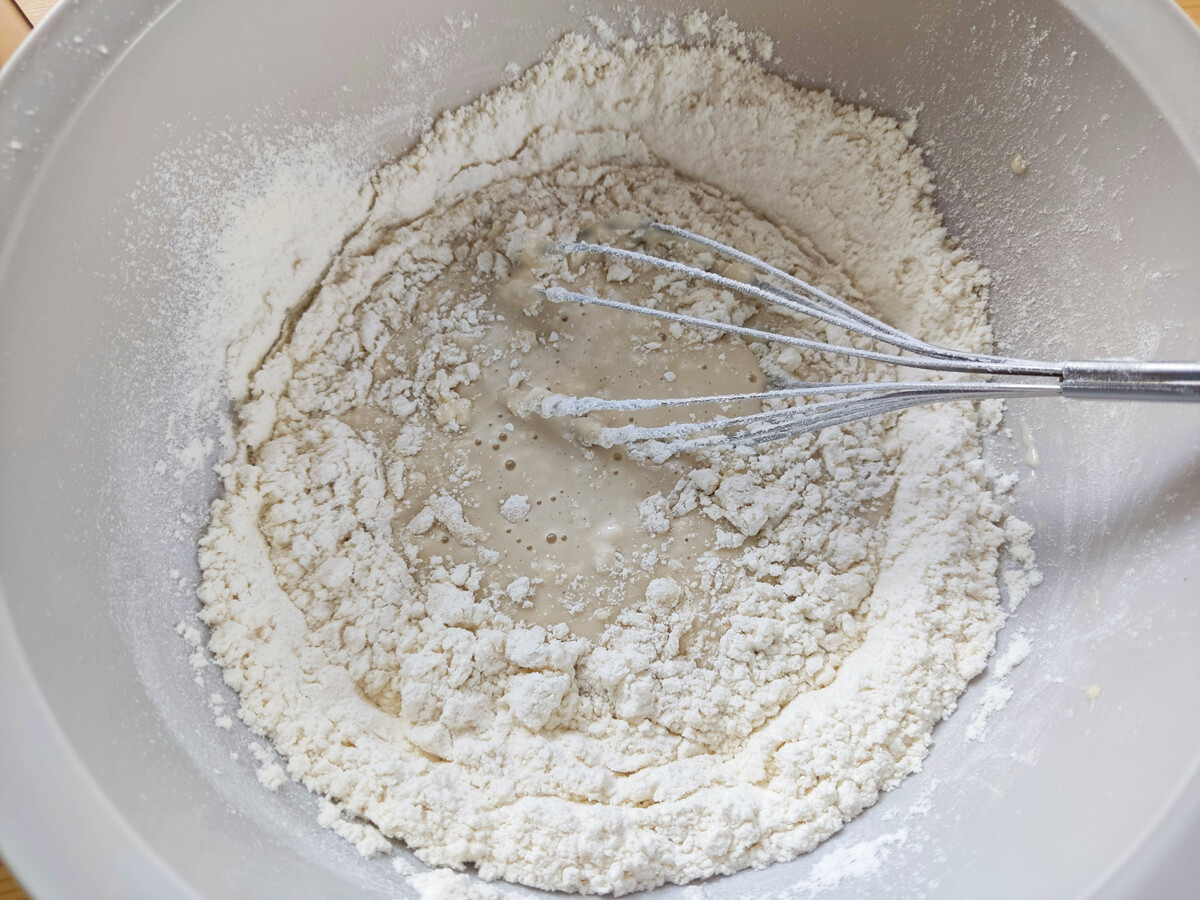
5. Flour a clean surface and put the dough onto it. Knead the dough for about 5-7 minutes until it becomes elastic. If you have linden honey, add a tablespoon for flavor. If the dough feels too sticky, you can add a little more flour.

6. Place the kneaded dough back into the mixing bowl. Cover the bowl with a clean kitchen towel or plastic wrap. Allow the dough to rest and rise for 30-40 minutes at room temperature. During this time, the dough should double in size.
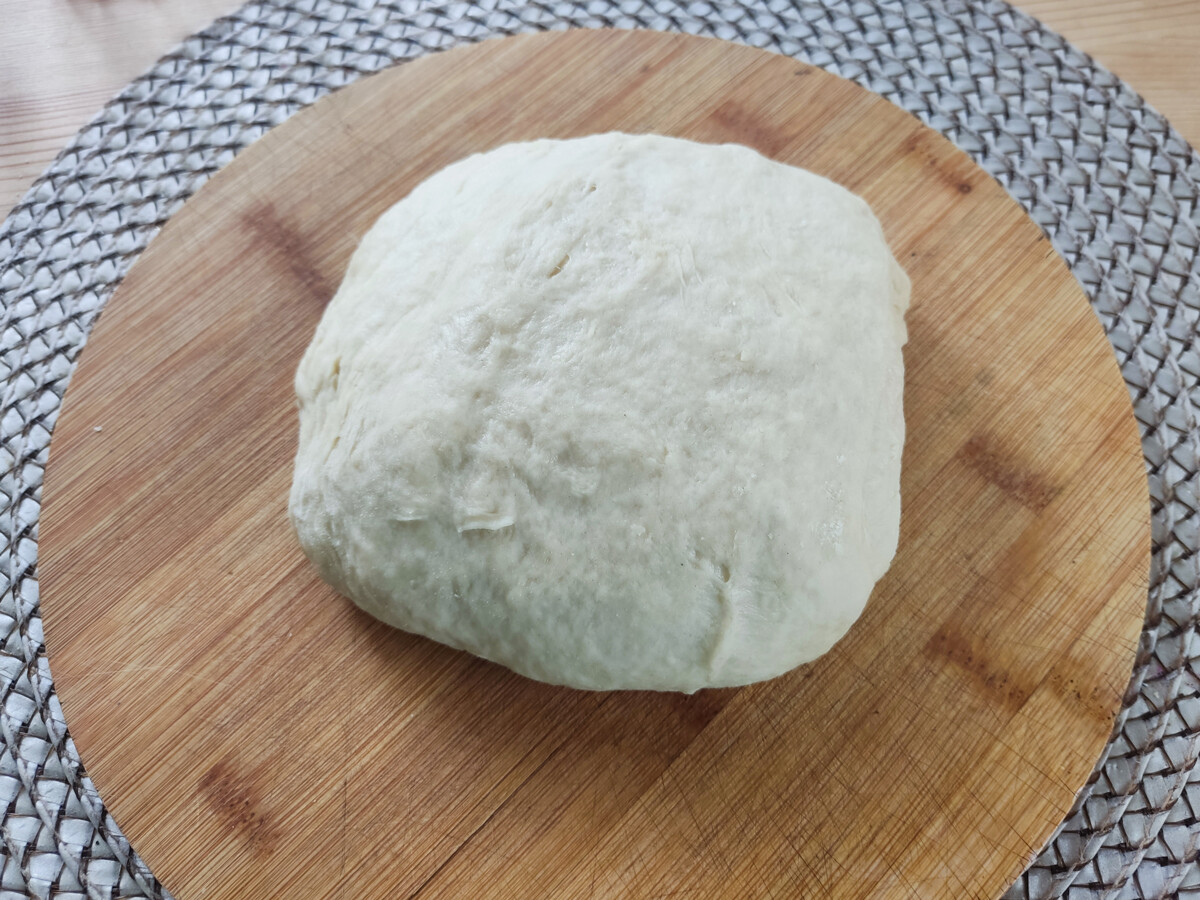
7. After the mixture has risen for 40 minutes, uncover the dough and punch it down in order to release any excess air.
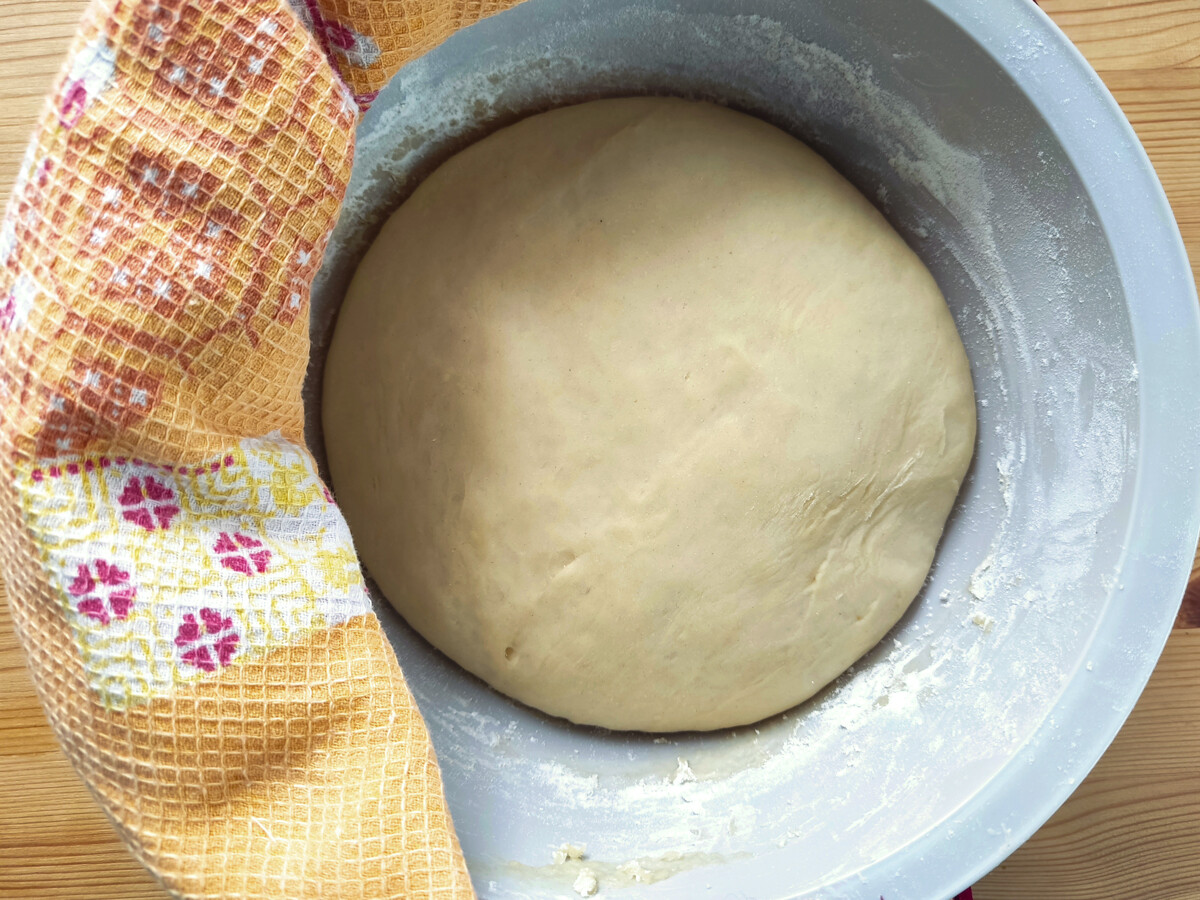
8. Flour your hands and a clean surface once again to prevent sticking. Take the dough and shape it into a long, thick sausage-like log, approximately 2.5 cm in diameter. Use a knife or a dough cutter to slice the log into small, equally sized pieces, about 2.5-3 cm long. You can choose a traditional diamond or round shape, or be creative and try different shapes if desired.
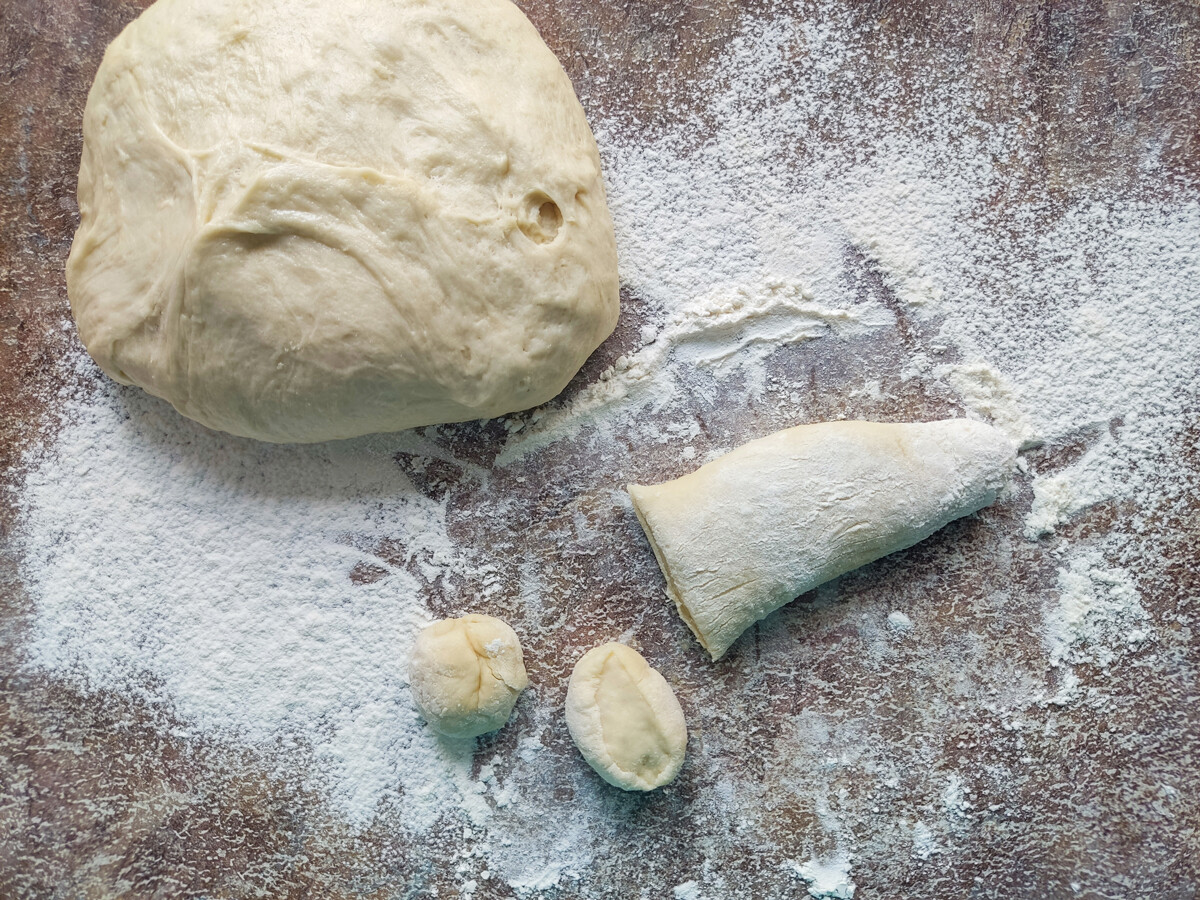
9. In a deep frying pan or a heavy-bottomed pot, add the frying oil and heat it over medium-high heat. The oil should be hot but not smoking.
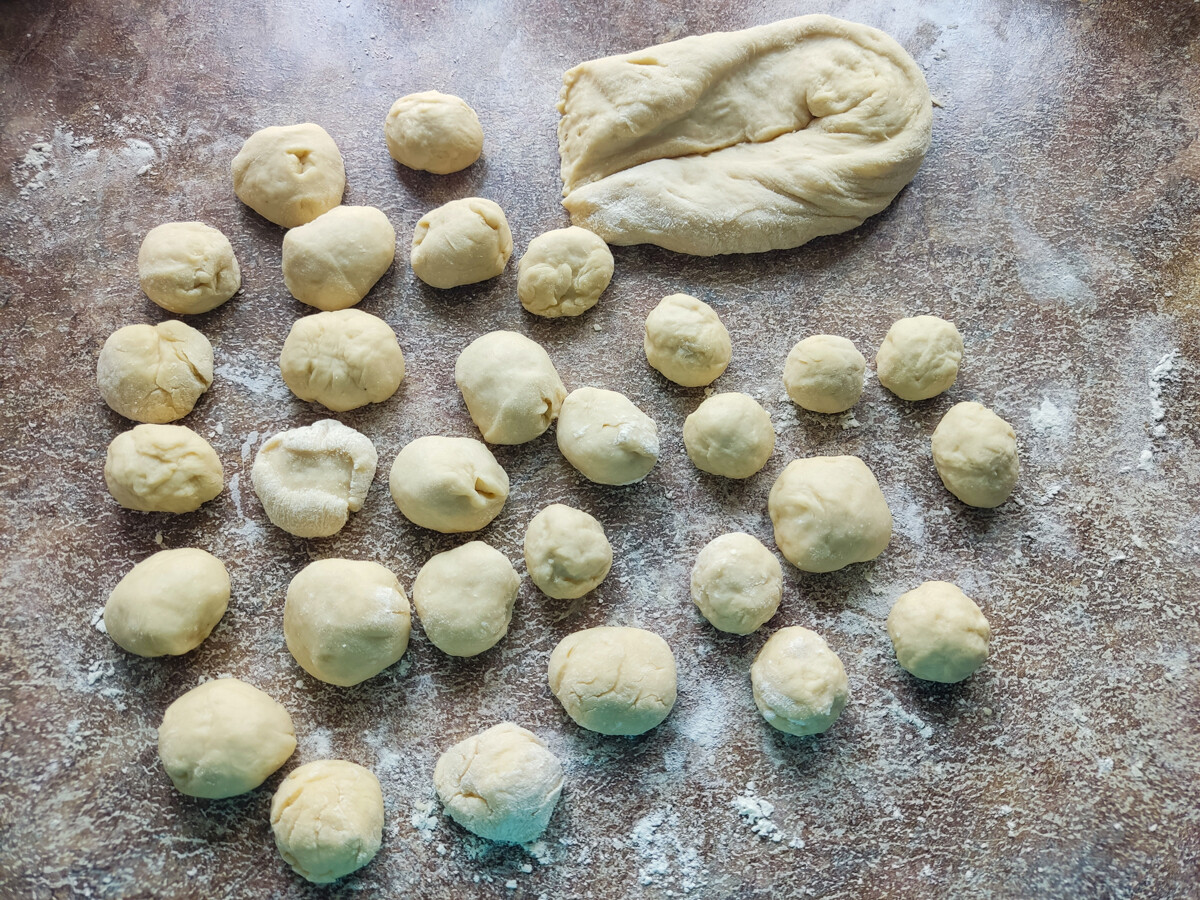
10. Carefully drop a few pieces of the cut dough into the hot oil, being cautious not to overcrowd the pan. Fry the baursaks until they turn golden brown on all sides. This process should take approximately 2-3 minutes per batch.
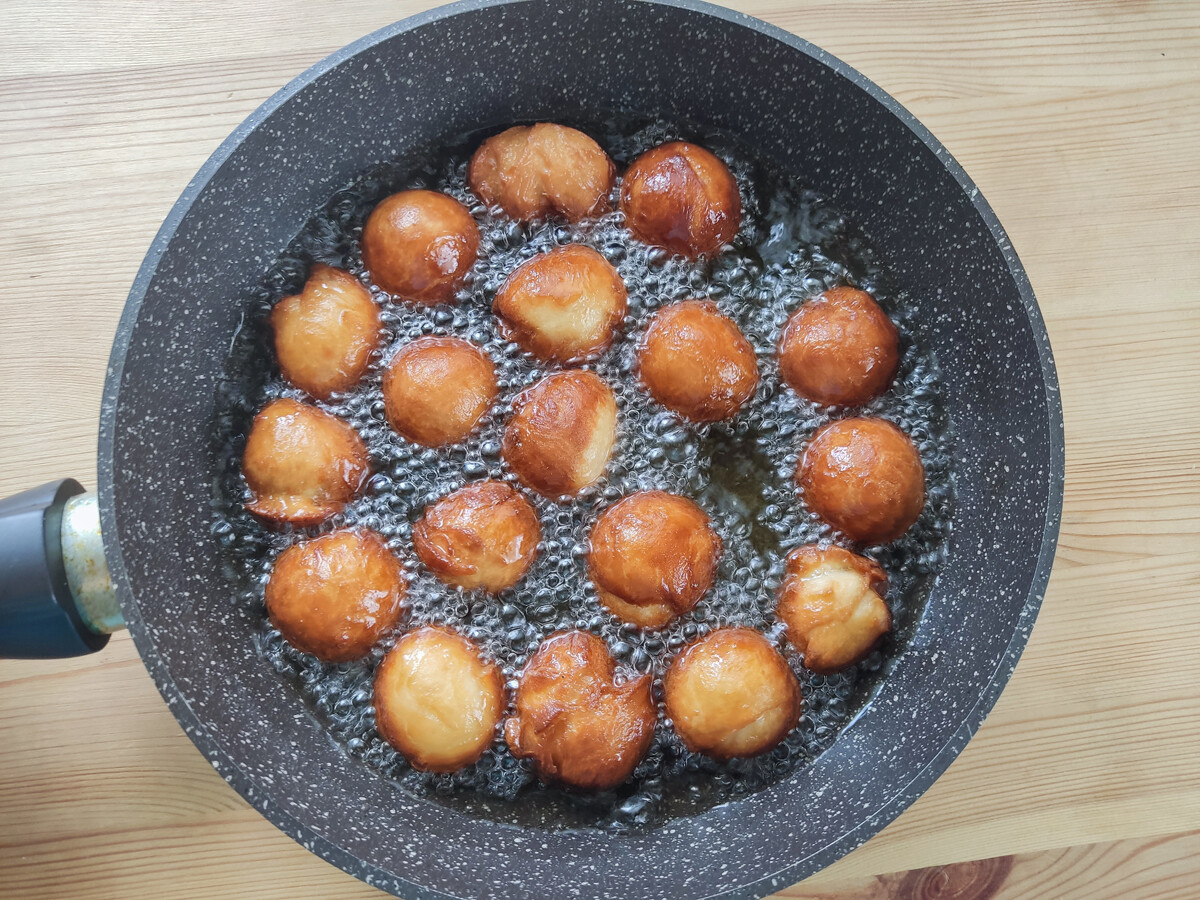
11. Place your freshly fried baursaks on a plate lined with paper towels to absorb any remaining oil.
12. Sugar Bashkir baursaks are best enjoyed warm and fresh. You can also sprinkle powdered sugar or drizzle honey or condensed milk over the baursaks to enhance their sweetness, or simply enjoy them as they are.
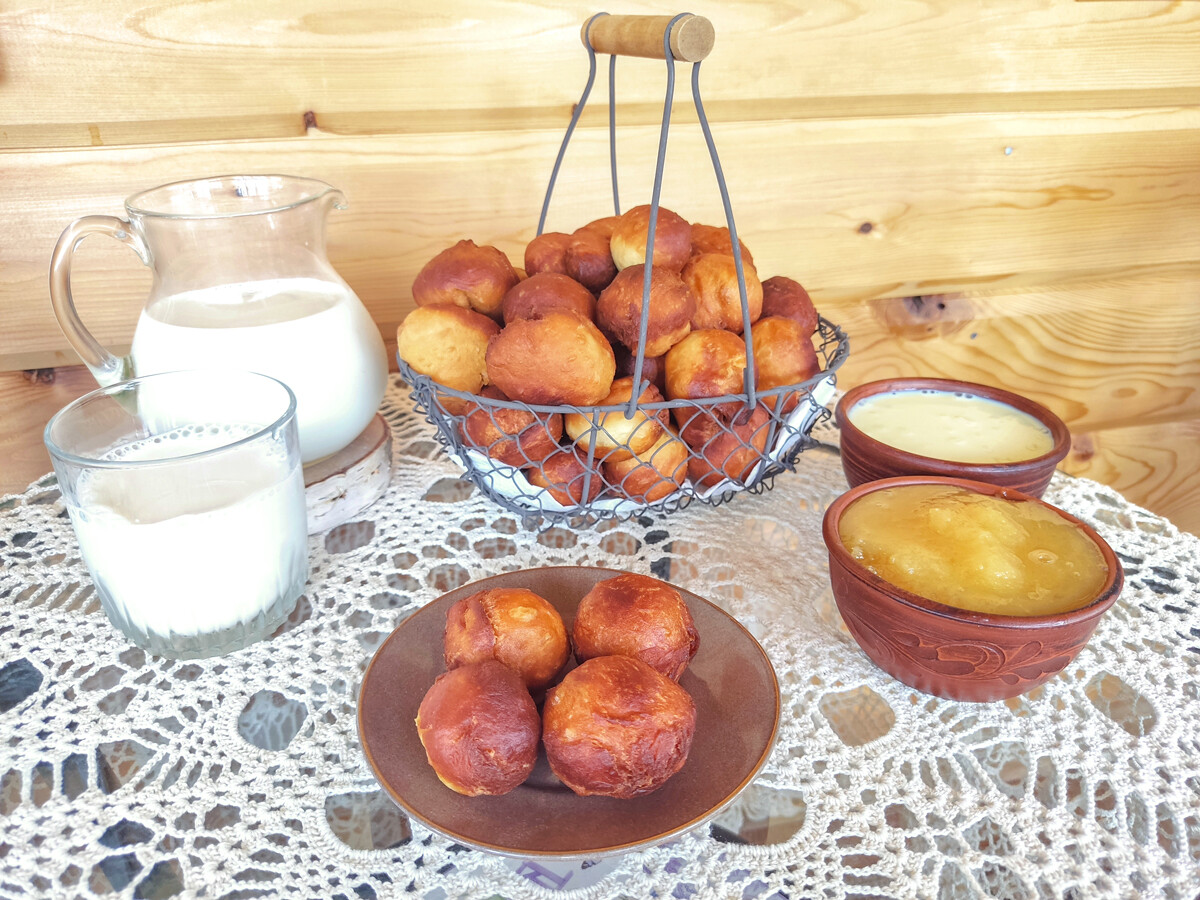
Dear readers,
Our website and social media accounts are under threat of being restricted or banned, due to the current circumstances. So, to keep up with our latest content, simply do the following:
Subscribe to our Telegram channels: Russia Beyond and The Russian Kitchen
Subscribe to our weekly email newsletter
Enable push notifications on our website
Install a VPN service on your computer and/or phone to have access to our website, even if it is blocked in your country
If using any of Russia Beyond's content, partly or in full, always provide an active hyperlink to the original material.
Subscribe
to our newsletter!
Get the week's best stories straight to your inbox